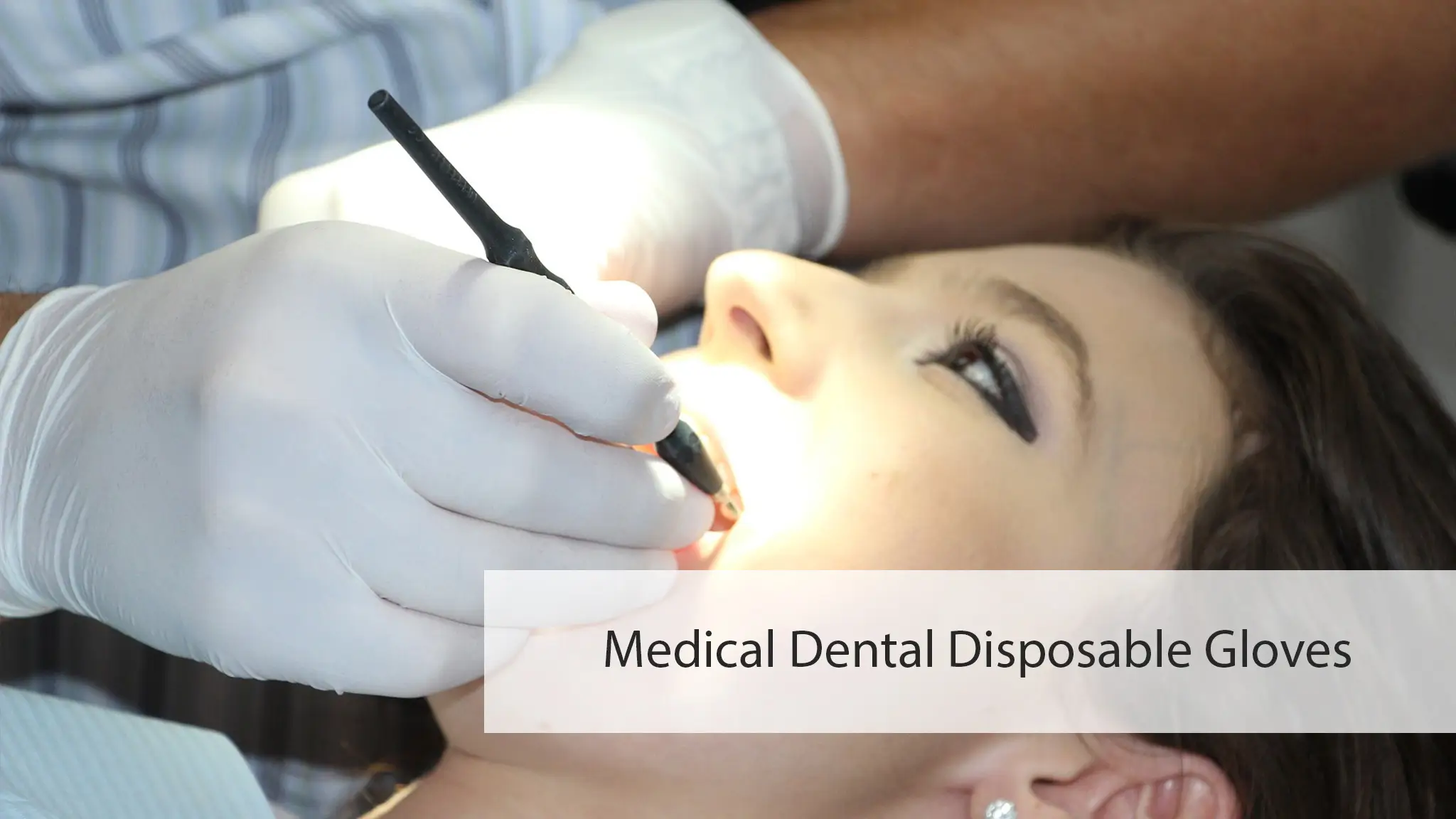
All About Medical Dental Disposable Gloves on the Market Today!
In the world of dentistry, the choice of Disposable Gloves is crucial for ensuring both the safety of the dental professional and the comfort of the patient. With various types of dental gloves available, it can be overwhelming to decide which ones are best suited for your practice. Let’s dive into the different types of dental gloves on the market today, highlighting their unique features, advantages, and potential drawbacks.
1. Latex Gloves
Latex gloves have been a staple in dental practices for many years. Made from natural rubber, these gloves offer excellent elasticity, comfort, and dexterity. They provide a snug fit, which allows for precise movements during dental procedures. However, latex gloves can cause allergic reactions in some patients and dental professionals, ranging from mild skin irritation to severe anaphylactic responses1.
Pros:
- High elasticity and comfort
- Excellent tactile sensitivity
- Cost-effective
Cons:
- Potential for latex allergies
- Not suitable for individuals with latex sensitivity
2. Nitrile Gloves
Nitrile gloves are a popular alternative to latex gloves, especially for those with latex allergies. Made from synthetic rubber, nitrile gloves are highly resistant to punctures, tears, and chemicals. They offer a high level of protection and are suitable for handling various dental materials and chemicals2.
Pros:
- Hypoallergenic
- High resistance to punctures and chemicals
- Good tactile sensitivity
Cons:
- Slightly less elastic than latex
- Can be more expensive than latex gloves
3.Vinyl Gloves
Vinyl gloves are made from polyvinyl chloride (PVC) and are a cost-effective option for dental practices. They are suitable for short-term use and non-invasive procedures. However, vinyl gloves are less durable and offer lower tactile sensitivity compared to latex and nitrile gloves3.
Pros:
- Cost-effective
- Latex-free
Cons:
- Lower durability and tactile sensitivity
- Not suitable for high-risk procedures
4. Chloroprene Gloves
Chloroprene gloves, also known as neoprene gloves, offer a balance between the comfort of latex and the durability of nitrile. They are made from synthetic rubber and provide excellent elasticity and chemical resistance. Chloroprene gloves are a good option for those looking for a latex-free alternative with similar properties4.
Pros:
- High elasticity and comfort
- Good chemical resistance
- Latex-free
Cons:
- Can be more expensive than other options
5. Polyisoprene Gloves
Polyisoprene gloves are designed to mimic the properties of natural rubber latex without the risk of allergic reactions. They offer excellent comfort, elasticity, and tactile sensitivity, making them a great choice for dental professionals who need a latex-free option5.
Pros:
- High comfort and elasticity
- Excellent tactile sensitivity
- Latex-free
Cons:
- Higher cost compared to other glove types
Conclusion
Choosing the right type of dental gloves is essential for ensuring the safety and comfort of both dental professionals and patients. Each type of glove has its unique advantages and potential drawbacks, so it’s important to consider the specific needs of your practice when making a decision. Whether you prioritize hypoallergenic properties, durability, or cost-effectiveness, there’s a dental glove out there that will meet your requirements.
By understanding the different types of dental gloves available, you can make an informed choice that enhances the quality of care you provide to your patients.
1: My DDS Supply 2: UniSafe Gloves 3: Dentaltix 4: Dentistry Today 5: Gloves.com
